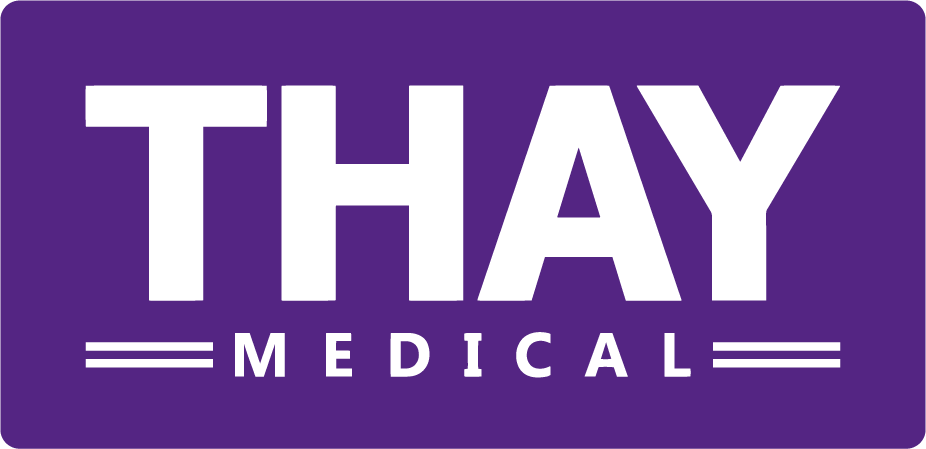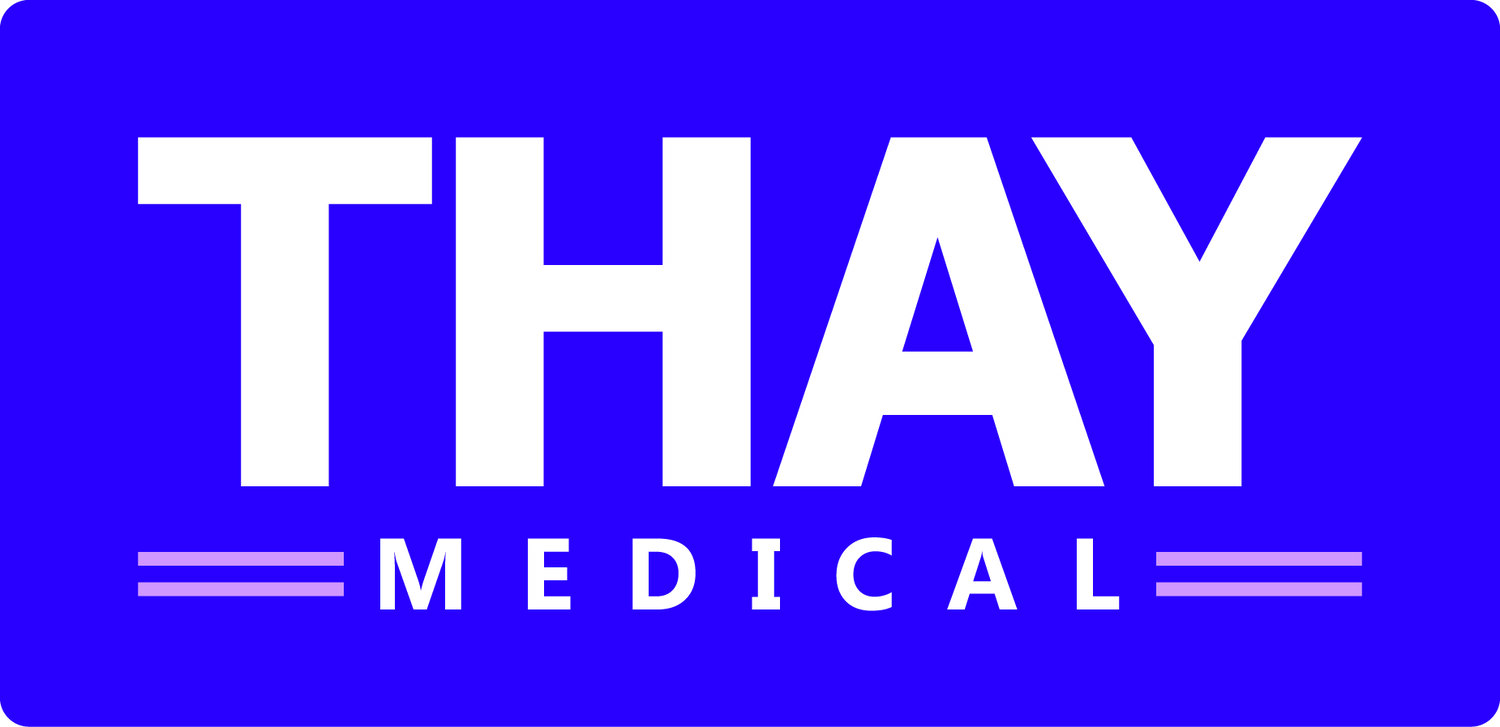World Password Day and the Growth of Cyber Security in Medical Devices
It’s World Password Day!!
Still using your pets name followed by an “!” or your relative’s birthday for your bank account password? Sorry, but that’s just not enough to protect your life savings in 2022. Here’s a term you need to know on World Password Day: #LayerUp. This refers to adding strong authentication to your important passwords to prevent identity theft and other cybercrimes. Intel created World Password Day (the first Thursday of May (this year May 5th)) to address the critical need for solid passwords. It’s simple. Most operating systems offer an easy way to create and store passwords. Apple’s “Keychain Access” is one example. You can also go online to generate passwords which are practically hacker-proof. In other words, “e9UBct*35TwhT&p/’e{:y}” is the new “MisterWhiskers.”
So, I know what you’re thinking, why is this important for the Human Factors (HF) of medical devices? It’s ensuring that HF Engineers are now thinking about cyber security for medical devices holding personal health data, which is a growing concern within a more connected world. To put this into perspective, 30% of the world’s data volume is currently being generated by the healthcare industry alone, that is greater than the volumes used within the financial services, media, and entertainment industries. Therefore, cyber security is a key concern for many industries of today, especially the medical device industry. Optimal healthcare depends on secure access to advanced medical technologies that rely on and use software as well as communication protocols to exchange vital patient information with other medical devices.
So, what would this mean if these devices were hacked? Medical devices impacted by cyber breaches put both the patient and company at risk, compromising the quality of healthcare for people worldwide. Though regulations and standards exist, medical device manufacturers lack a life cycle standard that identifies the issue of cyber security as it impacts connected devices. With these concerns and growing challenges with software related to cyber security within medical devices, the International Electrotechnical Commission (IEC) has published IEC 81001-5-1, “Health software and health IT system safety, effectiveness, and security—Part 5-1: Security—Activities in the product life cycle.”
Not only does this cover the entire product life cycle, but it also covers all types of health software. As more healthcare devices and products become more integrated within the digital world, HF Engineers need to adapt faster to this ever-changing landscape. By gaining a better understanding of users, HF can better understand the threats for which regulations can be used to ensure new devices are engineered to take on the cyber-attacks of the future.
Want to learn more? Please click on the hyperlinks below:
Cybersecurity in medical devices
Individual Differences in Online vs Offline User Behaviour and their Implications on Security

